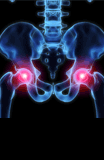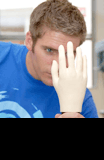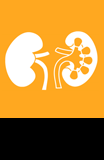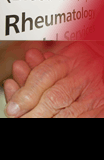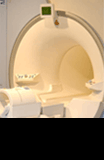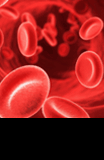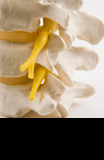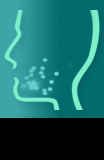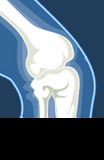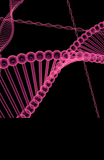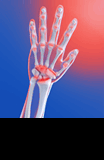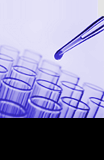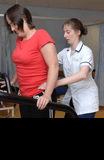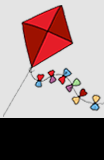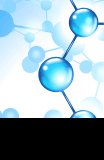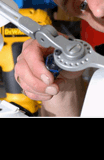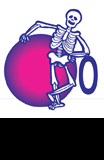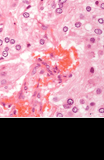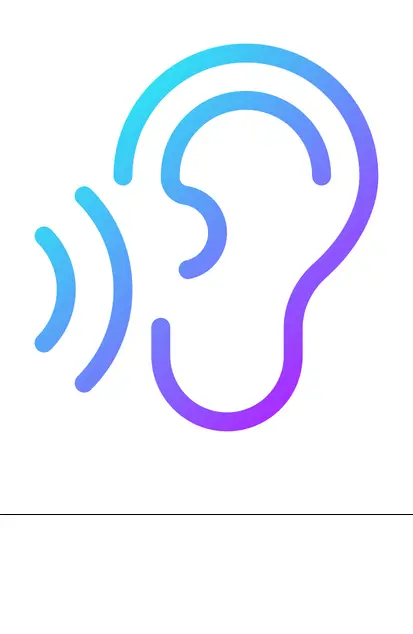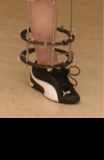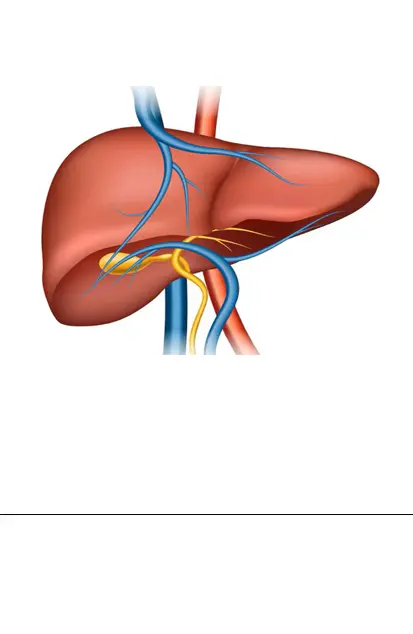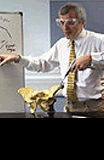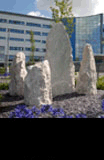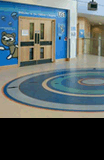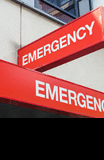Q&A with Donna Hughes, Operational Manager at OUH Radiotherapy @ Milton Keynes

Following the opening of our new OUH Radiotherapy @ Milton Keynes centre, we spoke to Donna Hughes, Operational Manager at OUH Radiotherapy @ Milton Keynes, about radiotherapy, her reasons for choosing it as a career path, and the new centre.
1.Can you introduce yourself?
I'm Donna Hughes, I’ve been a therapeutic radiographer for 23 years and I am passionate about delivering high-quality cancer care.
2. How long have you worked at OUH?
I’ve worked for OUH for seven years. It’s been a fulfilling journey, full of opportunities to grow professionally and make a real difference in patients' lives.
3. What fuelled your passion for radiotherapy?
My careers teacher mentioned therapeutic radiography to me when I was 17. I visited St Luke’s radiotherapy centre in Dublin, and I was taken by the combination of technology and compassionate patient care. I’ve worked in various centres in the UK and Ireland, and they have all contributed to my passion for radiotherapy.
4. You are the Operational Manager for the new OUH Radiotherapy @ Milton Keynes centre – what does this entail?
Gosh – it really can vary from day to day! But essentially, my role involves overseeing the smooth running of the centre. That includes everything from managing staffing and patient scheduling, to making sure we're delivering safe, effective, and timely treatment for every patient who walks through our doors.
I also work very closely with colleagues at our OUH radiotherapy centres in Oxford and Swindon, as well as with colleagues here at Milton Keynes University Hospital – especially within the Cancer Centre. Their support has been absolutely vital in helping us get this service up and running.
5. Describe a day in the life of a radiographer
A typical day for a therapeutic radiographer often begins with carrying out the daily quality assurance checks on the treatment linear accelerator (linac) and CT scanner to ensure all equipment is functioning safely and accurately.
We always work in pairs – two therapeutic radiographers will be either CT scanning or delivering radiotherapy treatments and supporting patients’ wellbeing, while others may be involved in patient review clinics, attending multidisciplinary team meetings, contributing to project groups and generally supporting the day-to-day operations of the service.
6. For every patient who comes in for radiotherapy, how many people are involved in that process and what role does each person play?
So many people – probably more than most people realise!
On the front line, we have our clinical oncologists, therapeutic radiographers, radiotherapy assistants, and our review team, all working directly with patients each day to plan and deliver treatment, offer support, and monitor progress.
But behind the scenes, there’s a whole team making sure everything runs smoothly. Our radiotherapy schedulers coordinate appointments, while dosimetrists create personalised treatment plans. Medical physicists ensure treatments are delivered safely and accurately, and engineers keep our machines running smoothly.
All in all, around 15 to 20 healthcare professionals may be involved in a patient’s radiotherapy journey from start to finish. It’s a huge team effort – each person plays a vital role in delivering safe, personalised radiotherapy.
7. What benefits does this new radiotherapy centre provide local residents and patients?
The biggest benefit is that many patients can now access radiotherapy closer to home. They no longer need to travel long distances to Oxford for treatment, which can significantly reduce stress and improve their overall experience.
It also allows patients to maintain more of their normal daily routines – whether that’s going to work, doing the school run, or caring for loved ones – without having to factor in a lengthy commute for treatment. Ultimately, it’s about making radiotherapy more accessible, convenient, and supportive during a very challenging time.
8. Since the centre opened in January 2025, what patient feedback have you received so far?
The feedback has been incredibly positive. Patients have expressed relief and gratitude at being able to access treatment locally. They’ve commented on the calm and welcoming environment, how friendly and professional the team is, and how much easier it is to manage their day to day lives.
9. The new centre is an expansion of our care services to ensure people are well cared for. What does this mean for the Trust?
It represents a significant step forward in supporting equitable cancer care across the region. By bringing high-quality radiotherapy services closer to home for patients in Milton Keynes, the new centre strengthens our ability to meet the needs of a growing population and reduce travel times for patients.
It also reflects OUH’s commitment to improving access, enhancing patient experience, and working in partnership with local services to ensure people receive the care they need, where they need it.
10. What is the most rewarding part of your job?
It’s really two-fold.
First and foremost, it’s the patients. Being able to support someone through one of the most challenging times in their life – and knowing that you’ve made even a small positive difference – is incredibly meaningful. It’s a real privilege to be part of their journey.
Secondly, it’s the people I work with. I’m surrounded by an amazing team who support and encourage each other every single day here in Milton Keynes and at our centres in Oxford and Swindon. Their dedication, kindness, and teamwork make such a difference, and I couldn’t do my job without them.




